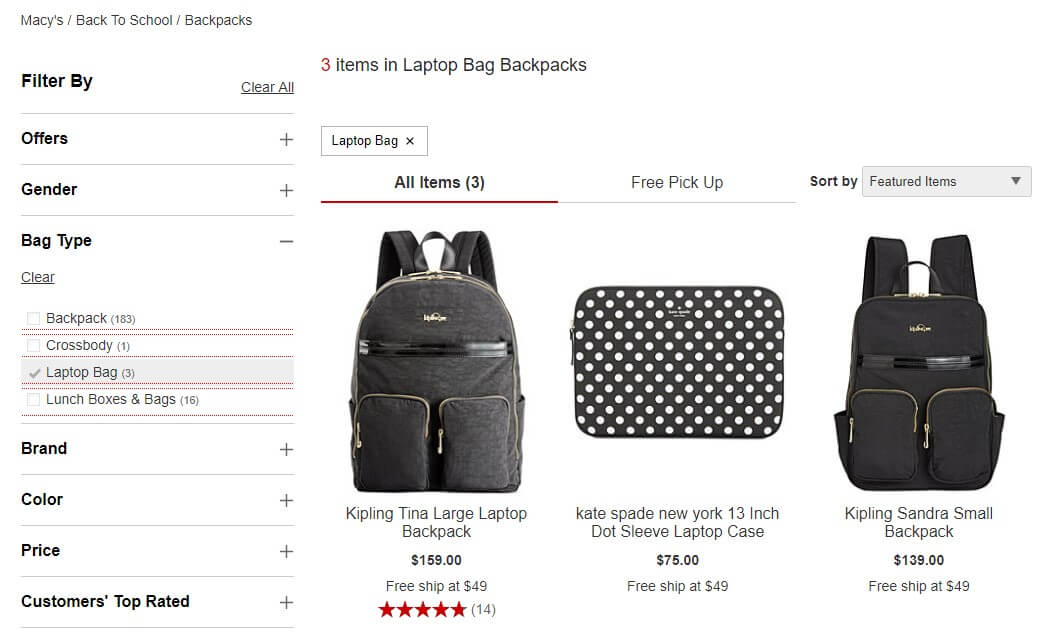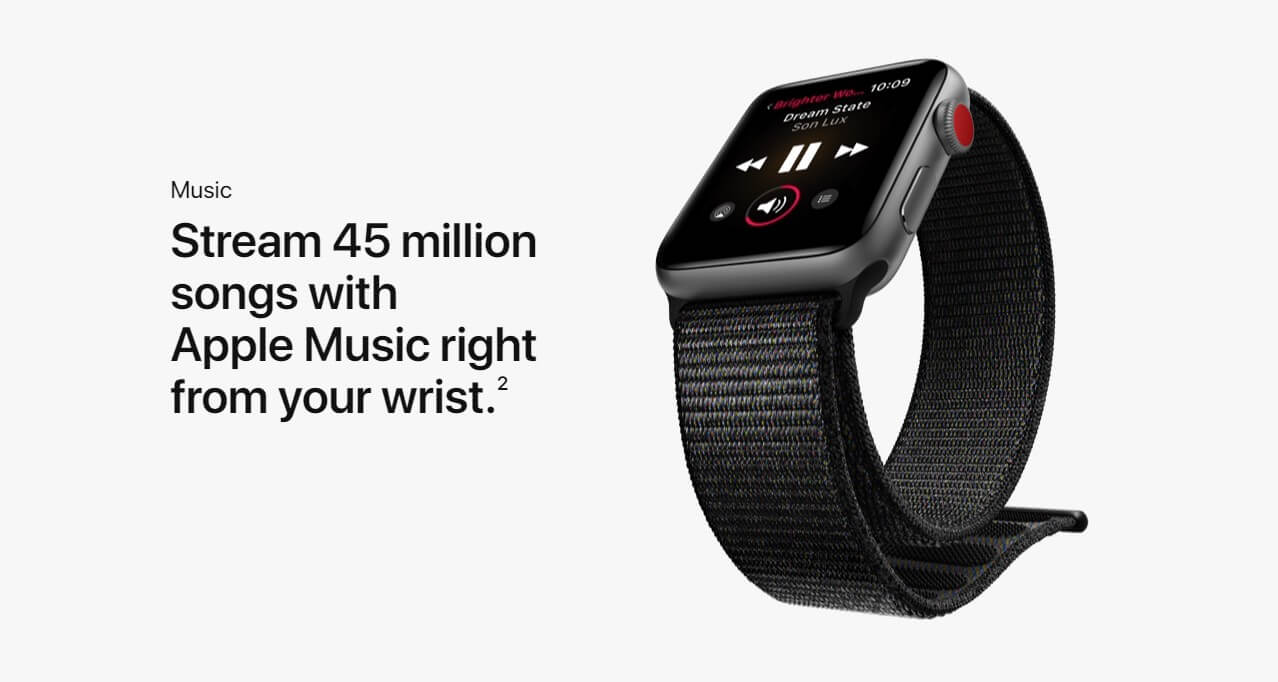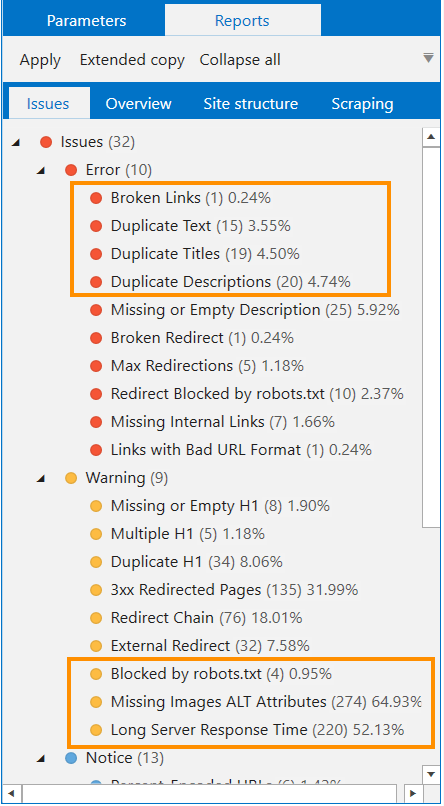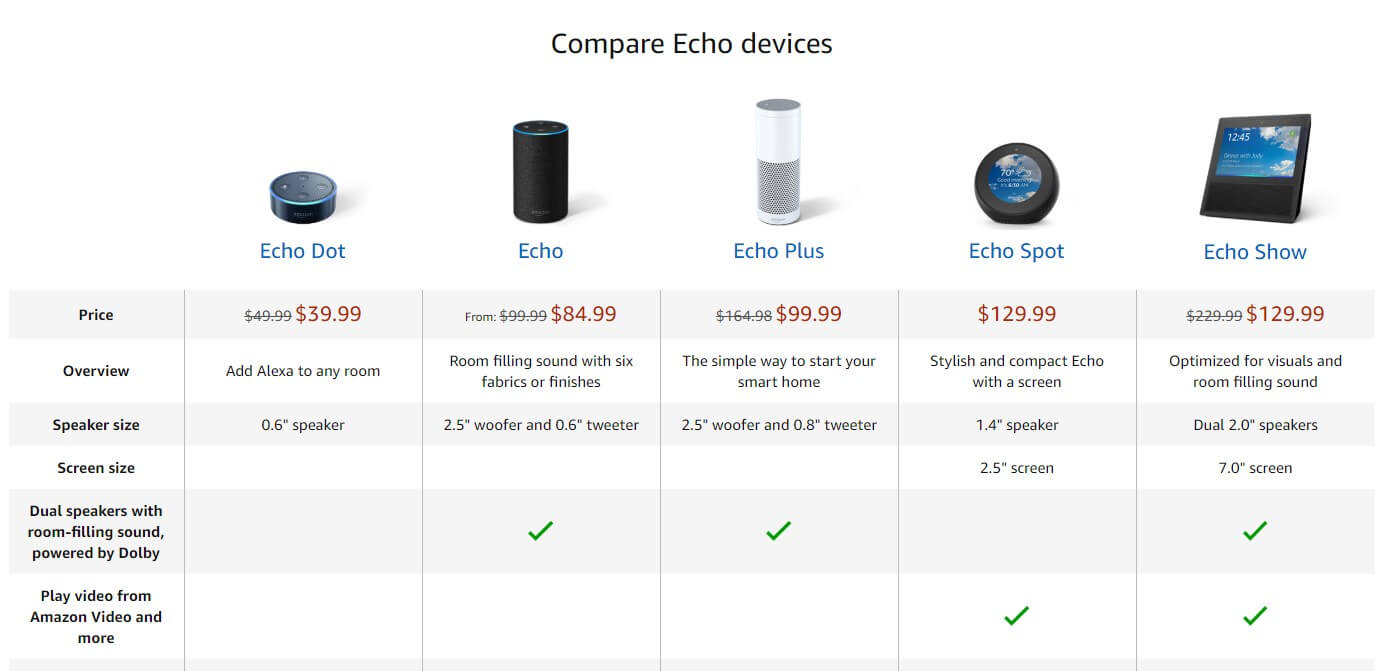The Role of UX in Ecommerce SEO: Optimization Tips
How to
Anyone who tries to convince you that there's some magical secret to Ecommerce performance is most likely trying to sell you something because it's a world of enormous complexity. With determination and powerful tools, you can get a clear view of the underlying metrics of an online store, but that isn’t enough – you also need context to understand what they signify.
Search companies such as Google are fully aware of this. Because it’s incredibly difficult to accurately compare websites, they use enormous ranges of ranking factors and keep them largely obscured to prevent people from exploiting them. SEO work is then focussed on trying to discern and target those factors.
By now, the SEO industry has built up a strong understanding of the core technical elements (backlink profiles, page speed, etc.), and knows how to polish a site to look good to search crawlers – but what about users? After all, search algorithms are ultimately intended to choose the best sites for the users to enhance their page experience.
In this article, I'm going to explain how engaging in some pure UX can benefit your SEO efforts, highlight how you can improve UX by tweaking some common site elements (with examples), and argue that you'll benefit the most from a cohesive strategy that brings technical SEO and UX design processes together. Let's get started.
1. How Ecommerce UX Design Drives Rankings
Obviously we don't know how many factors Google takes into account (though some like to suggest otherwise), but it seems reasonable to assume it factors in anything and everything relevant it can collect. There would be no good reason to do otherwise, after all – it can certainly afford the processing power to get it done.
While it obviously can't see everything (it can't read searcher's minds, for instance – at least, not yet), there are numerous ways in which Google is known to draw inferences from UX. Let's look at some of the biggest ones.
1.1. Value and Relevance Are Inferred Through Engagement Metrics
Engagement metrics concern:
- how users interact with websites
- encompassing things like dwell time (how long a particular visit lasts)
- bounce rate (how many visits to a page are so brief that the visitors must have left almost immediately)
- and commenting (using comments sections)
Taken in isolation, something like bounce rate doesn't mean much. Someone can bounce from a site because they weren't interested or because they found the information they needed right away and could leave satisfied. But because Google can access a lot of information about the context, such as the type of page, it can tell that (for instance) bouncing from an ecommerce page is a bad sign.
As a result, finding ways to keep prospective customers on your site and engaging with your content will boost those metrics, sending value-boosting signals to Google. Dwell time isn't something you can set ahead of time like a meta title – it needs to be earned.
1.2. Authority Is Inferred Through Useful Internal Links
Much ado is made about the transfer of ranking power through links, with many businesses being highly reluctant to link to anything at all, even when it's their own content. They make an effort to build links to their stores, but otherwise zealously try to hoard all the 'ranking juice'.
This is a particularly silly approach, because linking (both internal and outgoing) is incredibly valuable for users, and search engines can discern this in various ways. High-quality outgoing links on your homepage and internal links throughout your blog posts and guides will keep visitors interested and make it clearer to search bots how your website is structured and fits in the wider context of the web.
Think about it: really great websites don't need to try to keep people locked in. If you provide a good enough UX, you can openly invite people to go elsewhere and they'll continue to stick around. Authoritative websites showcase that kind of confidence.
1.3. Vital Judgments Are Rendered Through Manual Reviews
Something very significant for rankings that people often overlook is that Google does a lot of manual reviewing.
For years, we've known that Google uses a search quality rating system to gauge the accuracy of its algorithm. While manual reviews don't directly affect specific rankings, a scathing review of a highly-rated website will cause the factors that led to that site being ranked so highly to be reviewed and most likely overhauled. So if you get a store with a shoddy UX to a top ranking, it may only be matter of time before a review leads to an unfavorable update.
This is particularly significant for Ecommerce sites because they often fit into the YMYL (your money or your life) category Google mentions in its guidelines, and are subjected to more scrutiny and treated more harshly than other sites.
2. How to Optimize Different Elements of Ecommerce Website
While the basic technical elements of SEO strategy can be implemented by rote, UX work has an inherent degree of creativity, making it considerably more challenging. To give you some inspiration for how you can improve your Ecommerce UX, I'm going to cover some common elements of an Ecommerce website and provide some strong examples. Here we go.
2.1. Navigations
Being able to find your way between different pages and functions on any website is important, but on an Ecommerce website, it's more directly valuable. If someone can't find the product they're looking for, they can't buy it – and if they can find it but it takes them a long time, they'll likely have soured on it to some extent by the time they get there, lowering their likelihood of placing an order.
Here's an example of a great Ecommerce navigation, courtesy of Best Buy:

What you can notice here is the strong layering. The top level of Products, Brands, Deals and Services covers the essentials, then the specific categories are spaced well and given icons for clarity. What's more, the simple coloring (white background, blue lettering, yellow highlights) is both brand-appropriate and extremely easy to follow.
As for SEO of product categories, it can be a separate article. But you should keep in mind such significant things as rel="next" and rel="prev" pagination attributes, redirects from the pages with deleted goods, and, of course, fast load speed in couple with responsive design. The absence of these basic things can frustrate your customers.
2.2. Breadcrumbs and Filters
A page's breadcrumb is the path that leads to it from the homepage, and it serves two purposes: it provides further hierarchal clarity for search crawlers and makes it easy for user to recall where they've already been and go back. Well optimized breadcrumbs will accurately reflect the journey and be clearly visible. You can set up breadcrumbs using special Schema.org structured data.
Here's a good example from Macy's:

Without being very showy, the breadcrumb at the top left is perfectly clear and easy to follow – and with the filter on the left, you can easily see and alter the restrictions in place.
2.3. Product Pages
Beyond the usual engagement metrics, a product page has a special significance for SEO. The more conversions it produces, the more customers will end up talking about their products online and through social media, creating valuable new links and social signals that will boost rankings. Put simply, success breeds success, so you need to get it right.
If you’re offering custom products, you’ll likely need to overcome reluctance borne of a lack of familiarity and get the value proposition across – and if you’re not, well, websites with dropshipping enabled can easily come across as identikit, so it will be the contents of your product pages that will make your products seem distinct and let you outrank your rivals.
Here's part of a tremendous product page by Apple (who else?):

What you see here is a masterclass in minimalism. As you scroll down the page, everything smoothly and subtly animates, with the watch screen cycling between views. The visuals are phenomenal, and the highlights are clear, simple, and bold. Go take a look if you want to experience the whole thing, but it's up to Apple's usual standard of excellence.
Coming back to SEO, keep in mind that texts on the product page must be unique, informative and not overspammed. Also, keep in mind to check your pages on broken images, ALT attributes, and the size. In other words, keep them optimized not to upset your customers and search engines ;)
You can check all of these using Netpeak Spider. Start crawling your website and check such common for Ecommerce websites issues as duplicates, broken links, product pages blocked by robots.txt, missing ALTs and long response time. Remember that some of these things (broken links, blocked pages and long response time) influence not only SEO, but also UX.

You can carry out a comprehensive website analysis in Netpeak Spider. The program has a free version that is not limited by the term of use and the number of analyzed URLs, in which many other basic features are also available. Other basic features are also available in the Freemium version of the program.
To get access to free Netpeak Spider, you just need to sign up, download, and launch the program 😉
Sign Up and Download Freemium Version of Netpeak Spider
P.S. Right after signup, you'll also have the opportunity to try all paid functionality and then compare all our plans and pick the most suitable for you.
2.4. Structured Data Formats
Any feature that provides rich information in an at-a-glance format is going to be excellent for UX, and it's long been suspected that Google favors websites that break content up into digestible chunks, but it goes beyond that. In its quest to quickly provide relevant information, Google often extracts data from websites to display it directly in search results.
A lot of people are unhappy about this because it can deprive their sites of traffic, but Ecommerce stores are less susceptible because they attract people with products, not information boxes. Though using frameworks like bullet-point lists and tables (and tagging your content with microdata), you can improve your chances of being mined for rich snippets in SERPs – being featured at the top of a search results with a link to your store.
When I think of Ecommerce sites that get data right, I think of Amazon:

I picked the first item I saw, which ended up being the Echo Show, and happened upon this comparison table. Not only is it valuable for the user to be able to quickly see how the different product types compare, but it's also prime (no pun intended) material for Google to mine at some point.
3. In a Nutshell: Marrying Technical SEO with Strong UX Design
So, before we go to a conclusion, let's recap what we've looked at so far.
- We've looked at some of the major ways in which committed UX design work intended to make a site more enjoyable and convenient to use can also improve search rankings.
- After that, we've considered how you can implement UX improvements to important Ecommerce site elements, reviewing some positive examples. Also, we've looked at the common mistakes you must fear like a plague: broken images and links, duplicates and confusing site structure.
The overbearing complexity of Ecommerce design that I brought up at the beginning will always require you to make difficult decisions in how you spend your time, effort and resources when you're running an online store. Unless you happen to be making more money than you could possibly ever spend, you're going to need to pick your battles when planning your strategy.
But when you plan improvements to your website, don't fall into the trap of picking one side of the divide: targeting end users, or targeting search algorithms. The former can leave you dazzling visitors but be overlooked by Google because it can't figure out what your website is actually for, while the latter can keep you in a solid position but hold you back from ever competing at the top of the SERPs where standards are much higher.
Instead, marry the two approaches – let your UX and your SEO be a united front. It may limit what you can accomplish in either direction, but it will ensure that you'll get maximum value from the effort you put in.



